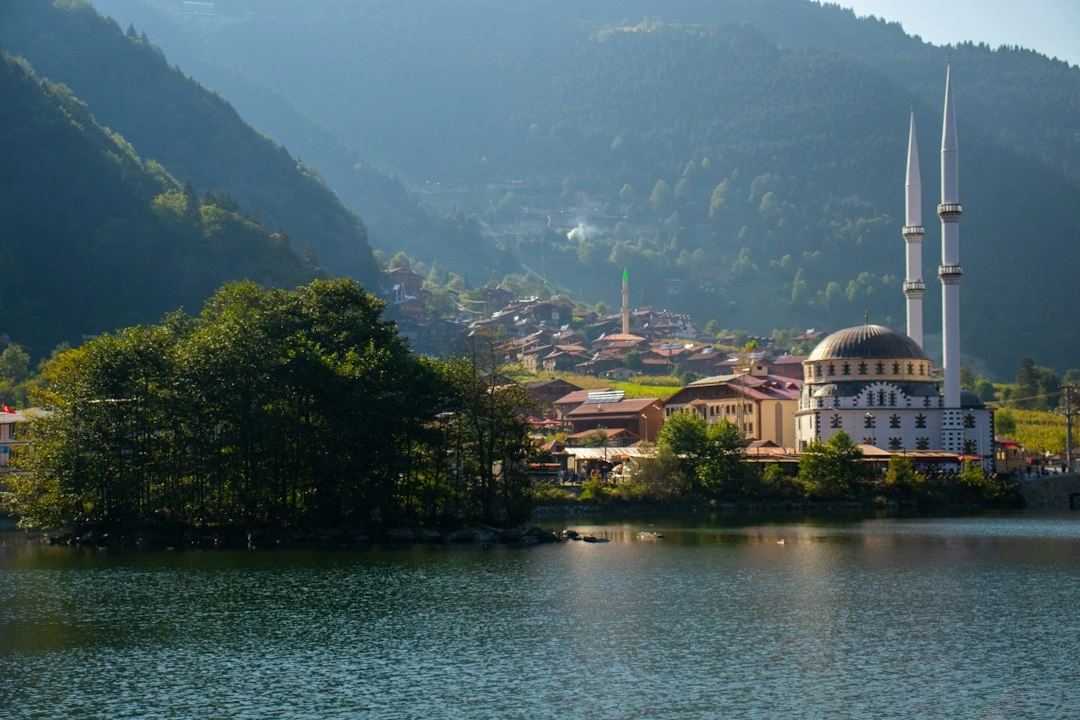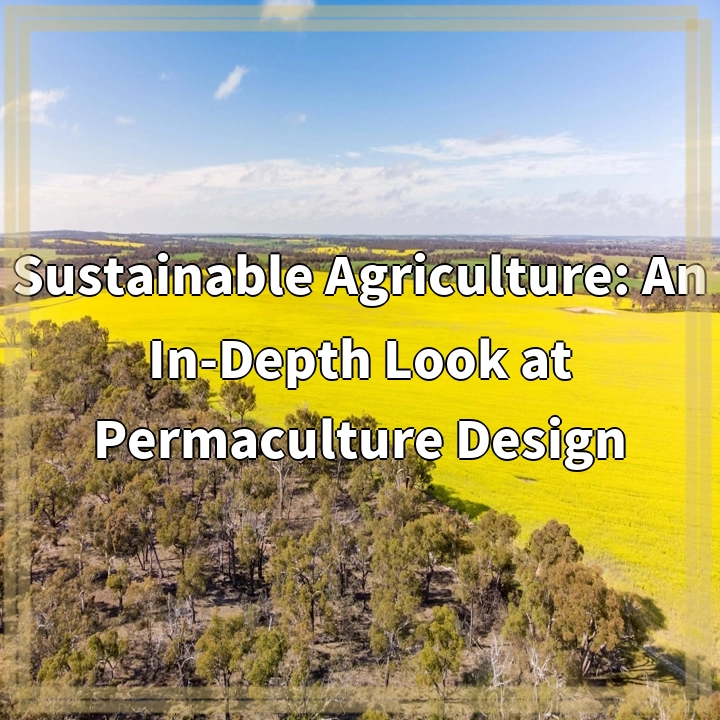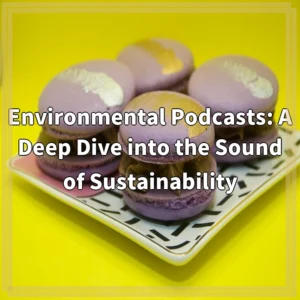
What is Eco-Friendly Landscaping?
Eco-friendly landscaping, also known as sustainable landscaping, is an approach to designing, creating, and maintaining outdoor spaces that minimize negative impacts on the environment. It involves implementing practices that conserve resources, reduce waste, protect biodiversity, and improve overall ecosystem health.
Real-World Problems Associated with Eco-Friendly Landscaping
1. Water Consumption
Traditional landscaping often relies heavily on irrigation systems that consume significant amounts of water. This can strain local water supplies and contribute to water scarcity, especially in arid regions. Eco-friendly landscaping promotes the use of native plants and drought-tolerant species, as well as the implementation of efficient irrigation techniques like drip irrigation. By reducing water consumption, eco-friendly landscaping helps mitigate water scarcity issues.
2. Chemical Use
Conventional landscaping practices often involve the use of chemical fertilizers, pesticides, and herbicides to maintain the appearance and health of lawns and plants. These chemicals can leach into the soil and contaminate water sources, harming aquatic life and affecting human health. Eco-friendly landscaping encourages the use of organic and natural alternatives to minimize or eliminate the use of harmful chemicals, creating healthier environments for both humans and wildlife.
3. Habitat Fragmentation
Traditional landscapes often prioritize manicured lawns and ornamental plants, leading to habitat fragmentation. This fragmentation disrupts natural ecosystems, making it challenging for wildlife to find food, shelter, and breeding grounds. Eco-friendly landscaping emphasizes creating green spaces that mimic natural habitats, incorporating native plants that provide food and shelter for local wildlife.
4. Soil erosion
Conventional landscaping practices, such as excessive grading and removal of vegetation, can contribute to soil erosion. This, in turn, leads to sediment run-off into water bodies, causing water pollution and damaging aquatic ecosystems. Eco-friendly landscaping employs soil conservation techniques like retaining walls, terracing, and the use of groundcovers and mulch to prevent soil erosion and promote healthy soil structure.
5. Energy Consumption
Traditional landscaping often involves high energy consumption for tasks like mowing, trimming, and maintaining outdoor lighting. Eco-friendly landscaping encourages the use of energy-efficient equipment and practices, such as using manual tools, selecting low-maintenance plants, and implementing solar-powered lighting systems. By reducing energy consumption, eco-friendly landscaping helps lower greenhouse gas emissions and combat climate change.
By addressing these real-world problems through eco-friendly landscaping practices, we can create sustainable outdoor spaces that not only enhance the beauty of our surroundings but also protect the environment and promote a healthier ecosystem for all living beings.

Solutions for Eco-Friendly Landscaping
1. Water Conservation
Implement efficient irrigation systems like drip irrigation and utilize native plants and drought-tolerant species that require less water.
2. Organic and Natural Alternatives
Replace chemical fertilizers, pesticides, and herbicides with organic and natural alternatives to minimize harm to the environment and human health.
3. Creating Wildlife-Friendly Spaces
Incorporate native plants that provide food and shelter for wildlife, creating habitats that support biodiversity.
4. Soil Conservation
Use soil conservation techniques like retaining walls, terracing, and groundcovers/mulch to prevent soil erosion and maintain healthy soil structure.
5. Energy Efficiency
Opt for energy-efficient tools and practices, such as manual tools, low-maintenance plant selections, and solar-powered lighting systems.
By implementing these solutions in our landscaping practices, we can contribute to the creation of sustainable outdoor spaces that conserve resources, protect biodiversity, and minimize environmental impacts.















